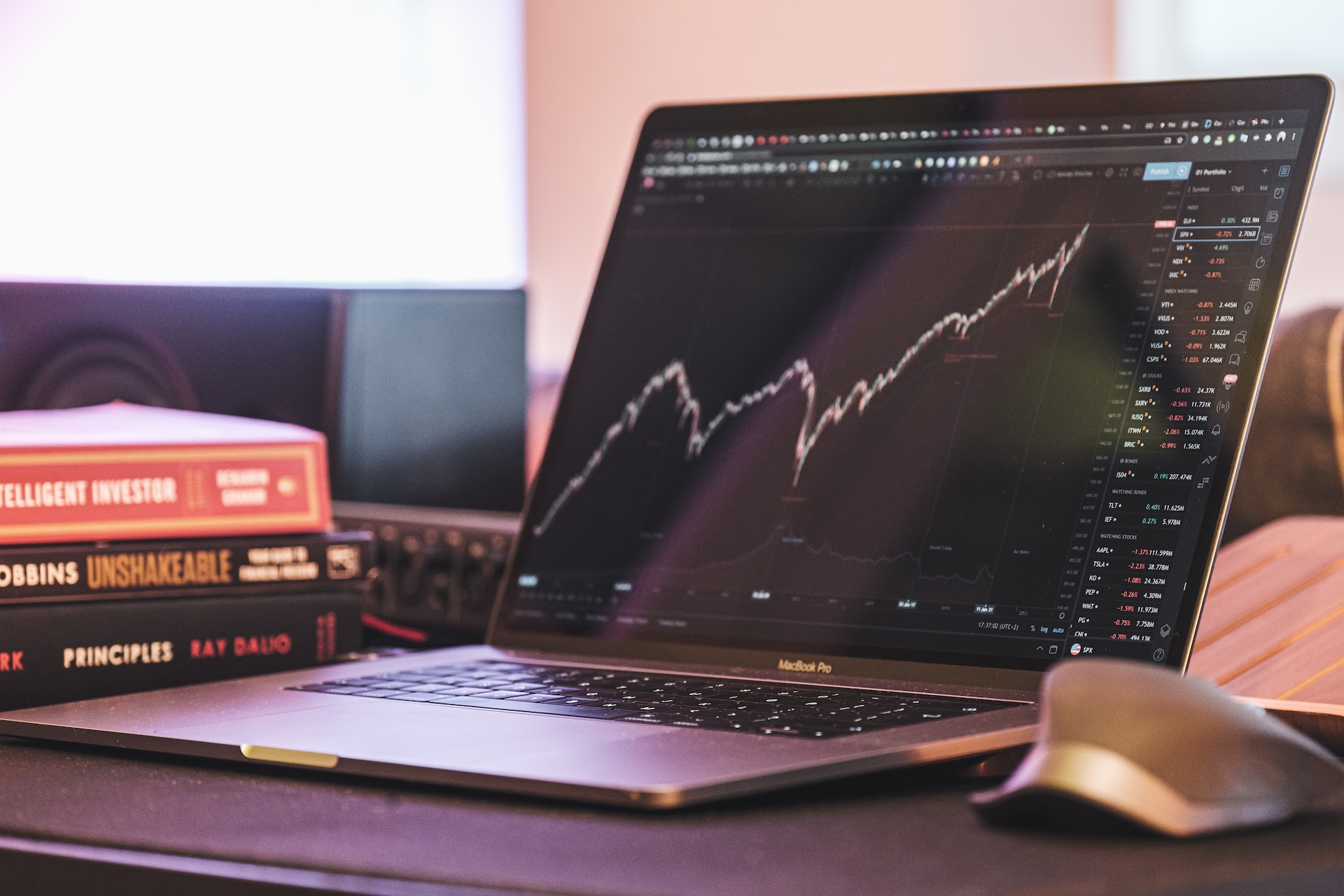
Forex Liquidity: What You Need to Know
Definition and Explanation of Liquidity in the Foreign Exchange (Forex) Market
Liquidity, in the realm of the foreign exchange market, refers to the extent to which a currency can be bought or sold without causing a significant movement in its exchange rate. In simpler terms, it denotes the ability to convert an asset into cash quickly. A highly liquid Forex market means that there are enough buyers and sellers at any given time to accommodate trade orders with minimal price deviations.
Importance of Liquidity for Traders, Institutions, and the Overall Functioning of Forex Markets
Liquidity is vital for traders and institutions as it ensures that positions can be opened or closed promptly, which is essential for realizing potential profits or preventing substantial losses. High liquidity levels contribute to a more stable market where exchange rates do not fluctuate wildly due to large trades. Moreover, it underpins efficient pricing and helps maintain tighter spreads—the difference between bid and ask prices—which reduces trading costs for all market participants.
Liquidity, in the realm of the foreign exchange market, refers to the extent to which a currency can be bought or sold without causing a significant movement in its exchange rate. In simpler terms, it denotes the ability to convert an asset into cash quickly. A highly liquid Forex market means that there are enough buyers and sellers at any given time to accommodate trade orders with minimal price deviations.
Importance of Liquidity for Traders, Institutions, and the Overall Functioning of Forex Markets
Liquidity is vital for traders and institutions as it ensures that positions can be opened or closed promptly, which is essential for realizing potential profits or preventing substantial losses. High liquidity levels contribute to a more stable market where exchange rates do not fluctuate wildly due to large trades. Moreover, it underpins efficient pricing and helps maintain tighter spreads—the difference between bid and ask prices—which reduces trading costs for all market participants.

Forex Liquidity: What You Need to Know
Factors Influencing Forex Liquidity
Exploration of Various Elements That Affect LiquidityThe liquidity of Forex markets can be influenced by various factors:
Market Hours: The Forex market operates 24 hours a day during weekdays, but not all trading sessions exhibit the same liquidity levels. For instance, when major financial centers like London or New York are open, liquidity tends to be higher.
Geopolitical Events: Political instability, elections, and conflicts can lead to increased volatility and impact liquidity as traders may become hesitant to engage in currency trades amidst uncertainty.
Economic Data Releases: Announcements such as GDP figures, employment reports, or interest rate decisions can suddenly alter liquidity levels as they might prompt rapid buying or selling activities.
Central Bank Policies: Actions by central banks like adjusting interest rates or implementing quantitative easing programs can significantly alter liquidity by swaying trader’s perceptions about a currency’s future prospects.
Benefits and Risks Associated with High and Low Liquidity
Analysis of How High Liquidity Can Lead to Tighter SpreadsHigh liquidity equates to lower transaction costs since the tight spreads mean less difference between the prices to buy (ask) and sell (bid) currencies. It also reduces slippage—the discrepancy between expected transaction prices and actual executed prices—allowing traders more control over their entry and exit points.
Conversely, low liquidity conditions increase risks. They amplify market volatility as fewer orders can move prices more dramatically. This situation may lead traders into a position where it becomes challenging to execute trades at desired price levels.
Strategies for Trading in Different Liquidity Conditions
Discussion on Adapting Trading StrategiesIn high liquidity conditions, traders might favor short-term strategies like scalping or day trading since they can rely on quick entry and exit from positions with minimal slippage.
During periods of low liquidity, traders may need to exercise caution by widening stop-loss orders to account for increased volatility or focusing on longer-term trade setups where immediate execution is less critical.
Timing trades around economic releases or banking hours can also be crucial when considering how news events or different session overlaps impact liquidity.
The Role of Liquidity in Forex Trading Success
The concept of liquidity is intrinsic to understanding Forex dynamics. It shapes how currencies are traded and directly influences trading costs through spreads and slippage while setting the stage for how strategies should be employed under varying conditions.In summing up this forex essay on liquidity: Traders who comprehend and adapt their tactics in line with current levels of market liquidity are well-positioned to potentially achieve greater success in their trading endeavors within the ever-fluid environment of foreign exchange markets.
Tags: Forex, Liquidity, Trading Strategies, Foreign Exchange, Market Dynamics









Report
My comments